Every off-road build starts with the basics: reliable tires, a solid suspension, and a front bumper that can take a hit when the trail gets rough. But with so many options out there, figuring out which one is right for your rig can feel like a lot to unpack.
The truth is, there’s no one-size-fits-all answer. The best bumper for you depends on how you drive, what terrain you tackle, and how you want your rig to perform. To help you narrow it down, here are 7 essential steps on how to choose an off-road bumper that fits your build and gets you trail-ready.
Step 1: Assess Your Rig’s Needs
Start by asking yourself what kind of off-roading you actually do.
-
Daily driver: If your vehicle spends most of its time on pavement, you’ll want a bumper that’s lightweight and clean-looking but still adds protection.
-
Weekend warrior: If you hit the trails on weekends, aim for something with better clearance and recovery points.
-
Full-time overland build: For long expeditions, prioritize strength, winch compatibility, and mounting space for gear.
The right bumper should match your driving style as much as it matches your vehicle.
Step 2: Pick the Right Style of Bumper
Different bumper styles offer different benefits, and your choice comes down to how you use your rig.
-
Full-width bumpers provide maximum coverage and protection for the front end. They’re ideal for serious trail use and recovery situations.
-
High-clearance bumpers give you better approach angles and less bulk, perfect for rocky climbs or uneven terrain.
-
Low-profile or stubby bumpers are sleek, lighter, and great for daily driving while still adding strength where it counts.
Think about the terrain you tackle most and how much protection or clearance you actually need.

Step 3: Choose the Right Material
Material plays a huge role in how your bumper performs.
-
Steel: The go-to for off-roaders who value toughness and durability. It handles impacts and recovery stress without bending.
-
Aluminum: Much lighter and resistant to rust, but not as strong under heavy impact. Works well for drivers who want less weight and aren’t constantly rock crawling.
If your trails are rough and unpredictable, steel is the better long-term choice.
Step 4: Look for Recovery Features
When you’re off-road, recovery gear can make the difference between getting home on time or spending the night in the woods. A good off-road bumper should include:
-
A winch mount for self-recovery or pulling others out of tight spots.
-
Shackle or D-ring mounts for attaching tow straps safely.
-
Reinforced brackets and plates to handle real stress without twisting or cracking.
These features aren’t just nice to have — they’re essential for anyone who goes beyond basic fire roads.

Step 5: Consider Lighting and Add-Ons
Visibility is everything once the sun goes down. Look for bumpers that include:
-
Built-in light bar or fog light cutouts for easy installation.
-
Accessory mounts for antennas, racks, or auxiliary gear.
Integrated options make setup easier, keep wiring clean, and eliminate the need for extra brackets.
Step 6: Ensure Proper Fitment
Fitment can make or break your bumper upgrade. A poorly fitted bumper can affect performance, alignment, and even safety.
Always go with a vehicle-specific bumper. For Toyota and Lexus owners — including 4Runner, Tacoma, Tundra, GX470, and FJ Cruiser models — proper fitment ensures the bumper aligns with factory mounting points and body lines.
Custom fabrication takes that a step further, offering a precise fit and stronger welds that hold up over time.
Step 7: Plan for Installation and Maintenance
Before you buy, consider how you’ll install and maintain your new bumper.
-
DIY installation works for those with tools and experience.
-
Shop installation may be worth it if you want professional alignment and wiring for lights or winches.
Once installed, keep your bumper clean and check the coating or powder finish for wear. Touch up any exposed metal to prevent rust and extend the life of your gear.

Get Trail Ready with Lil B’s
Choosing the right bumper isn’t about chasing trends. It’s about making sure your rig can handle the trails you love. By following these 7 steps, you’ll know exactly how to choose an off-road bumper that matches your driving style and terrain.
At Lil B’s Fabrication, we build bumpers that are proven on the trail and trusted by Toyota and Lexus owners who actually use their rigs. Explore our collection today and get your vehicle ready for your next adventure.

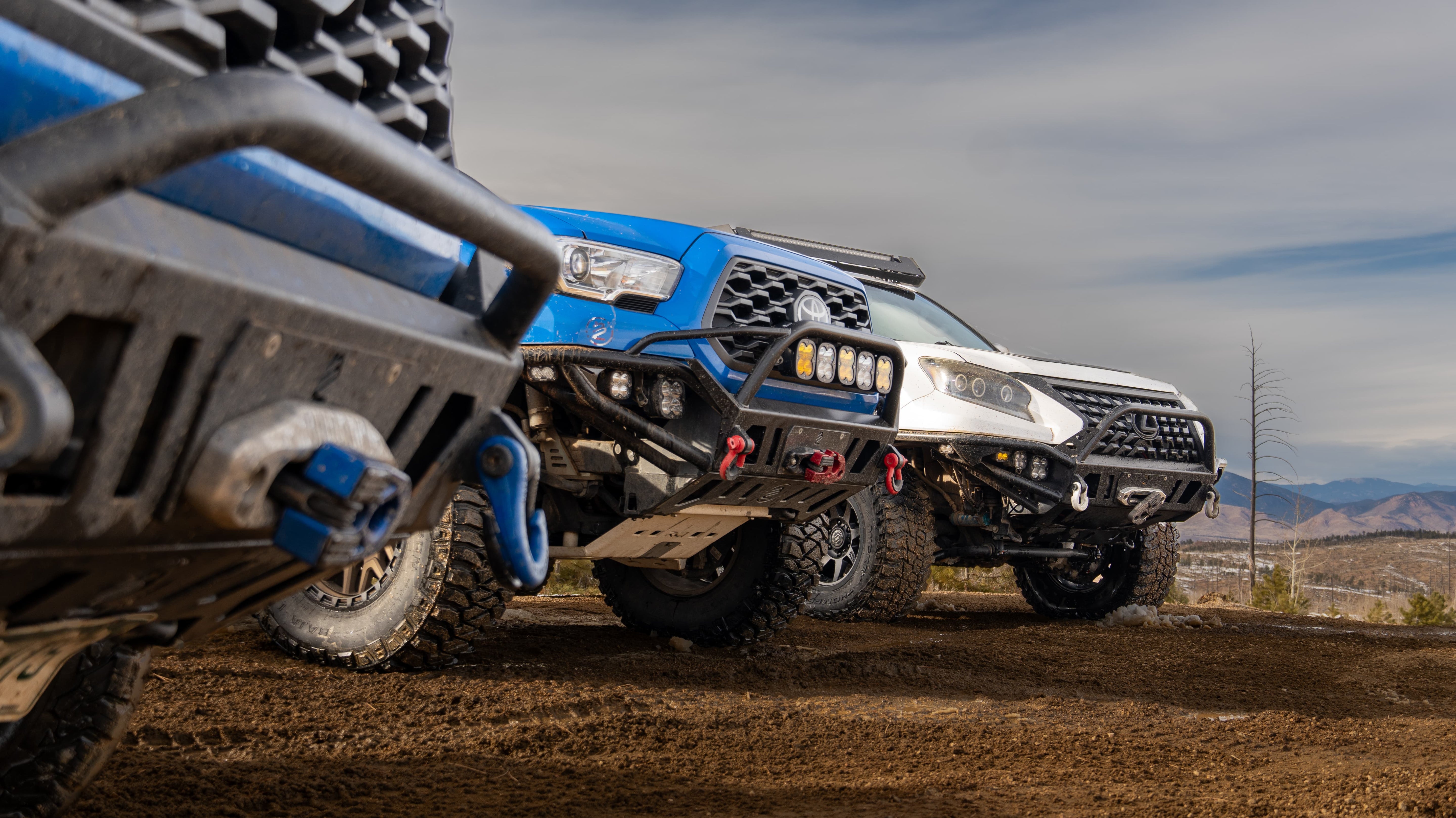
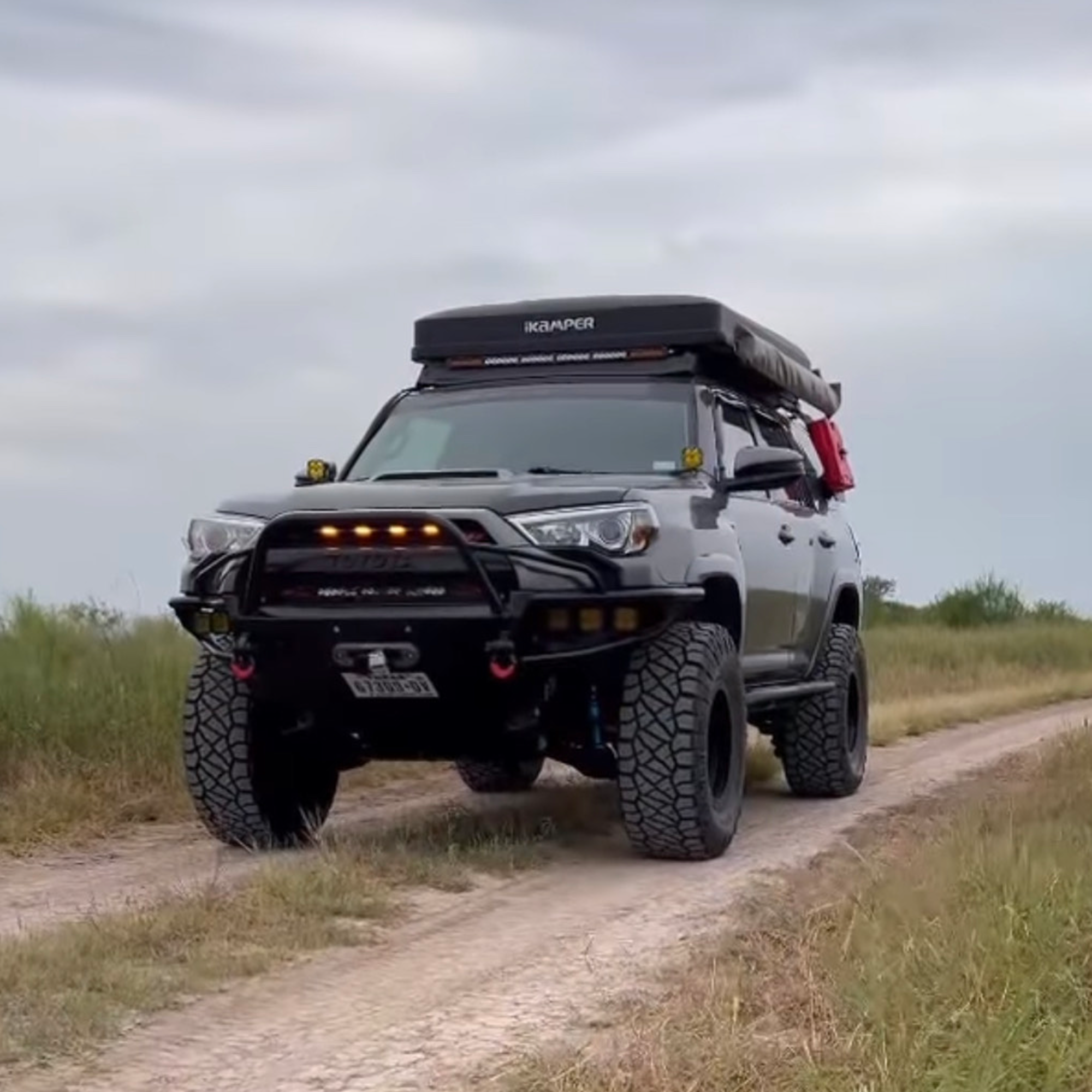
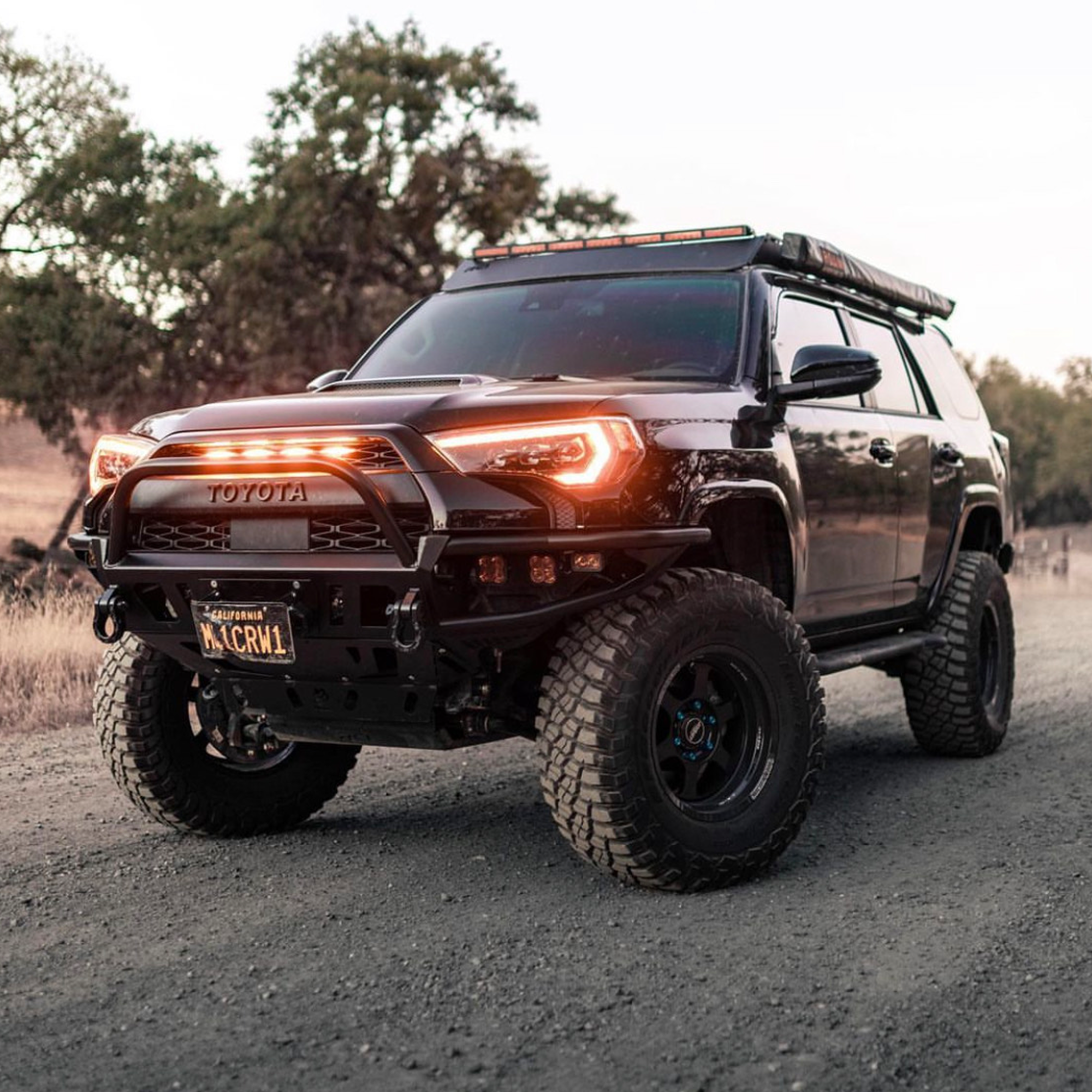
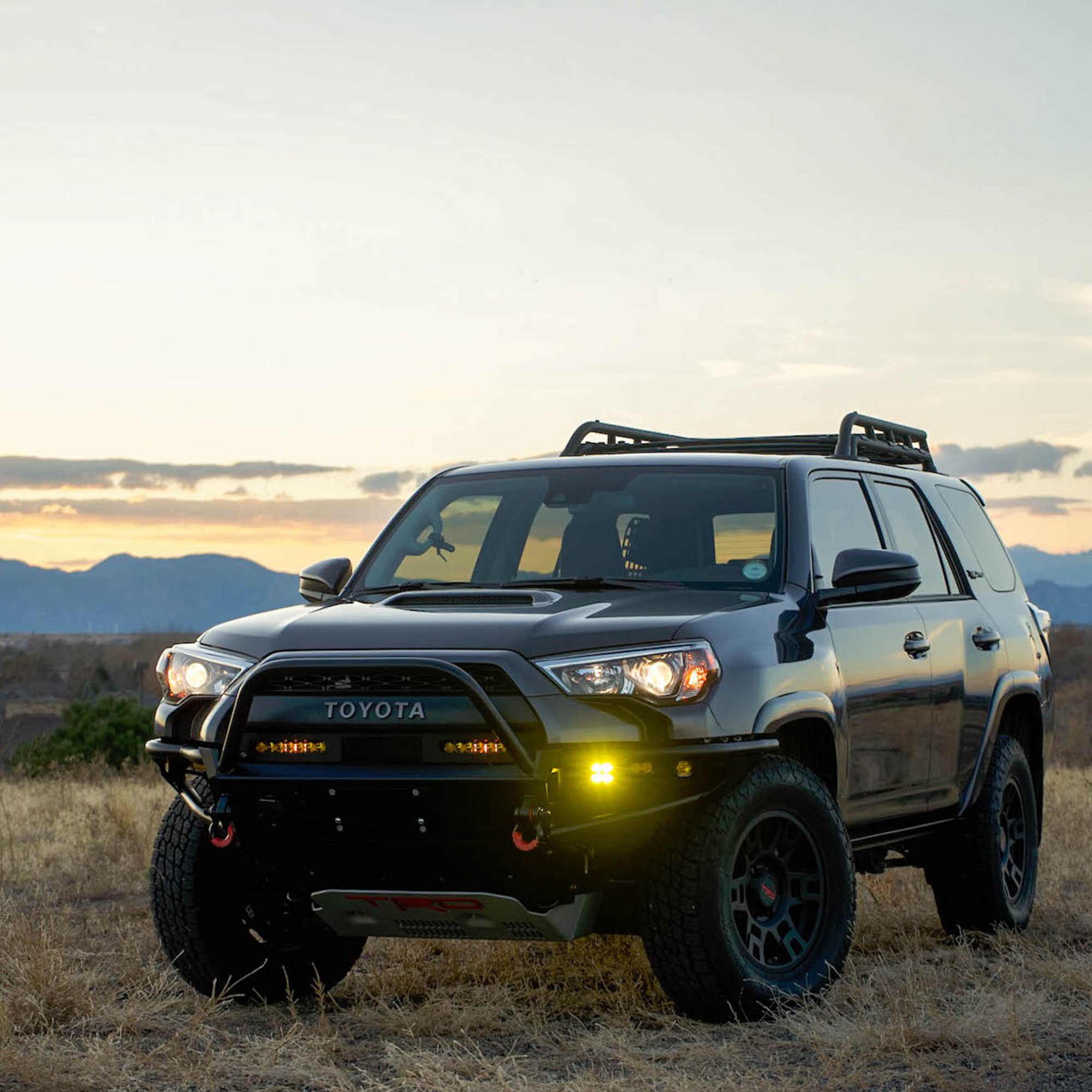

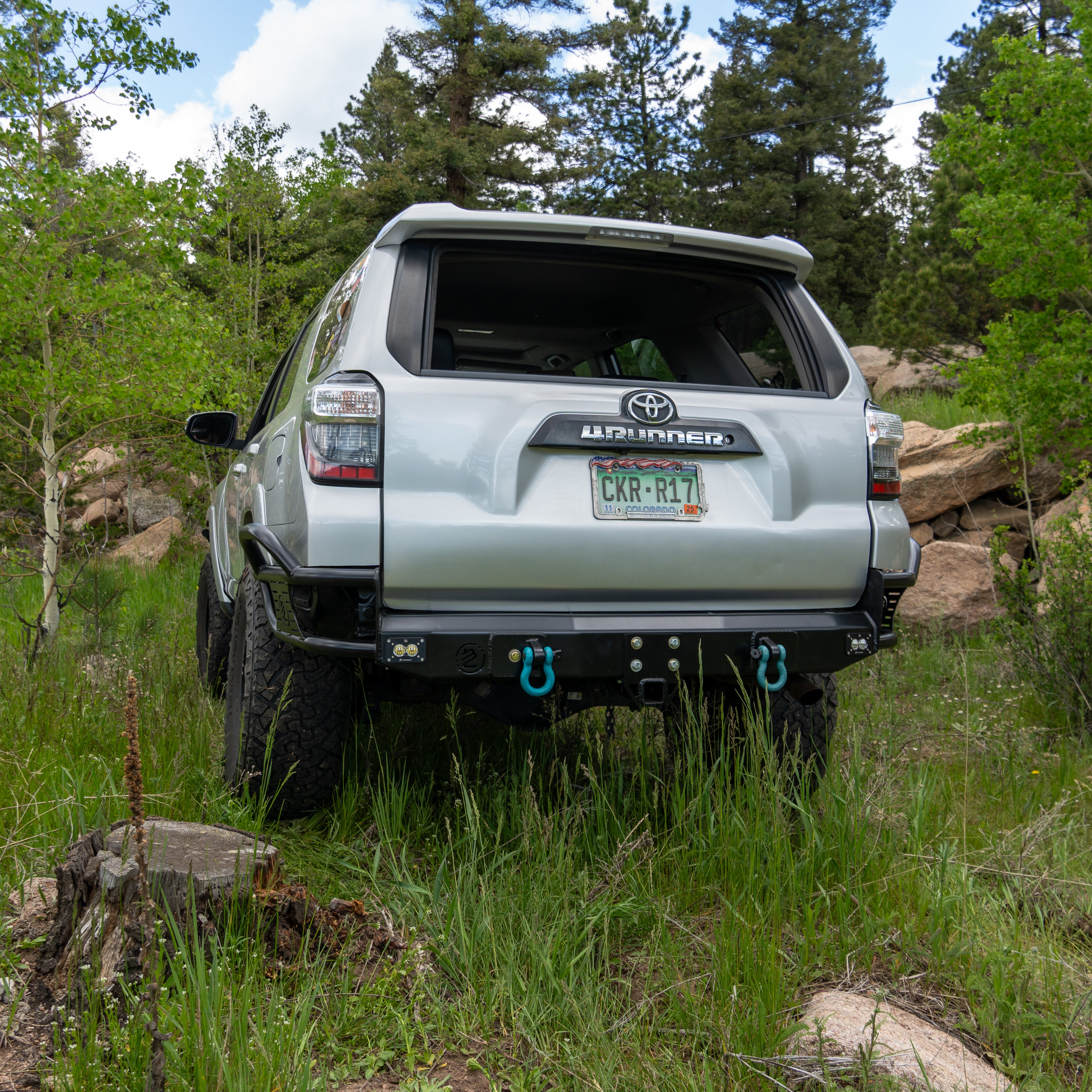
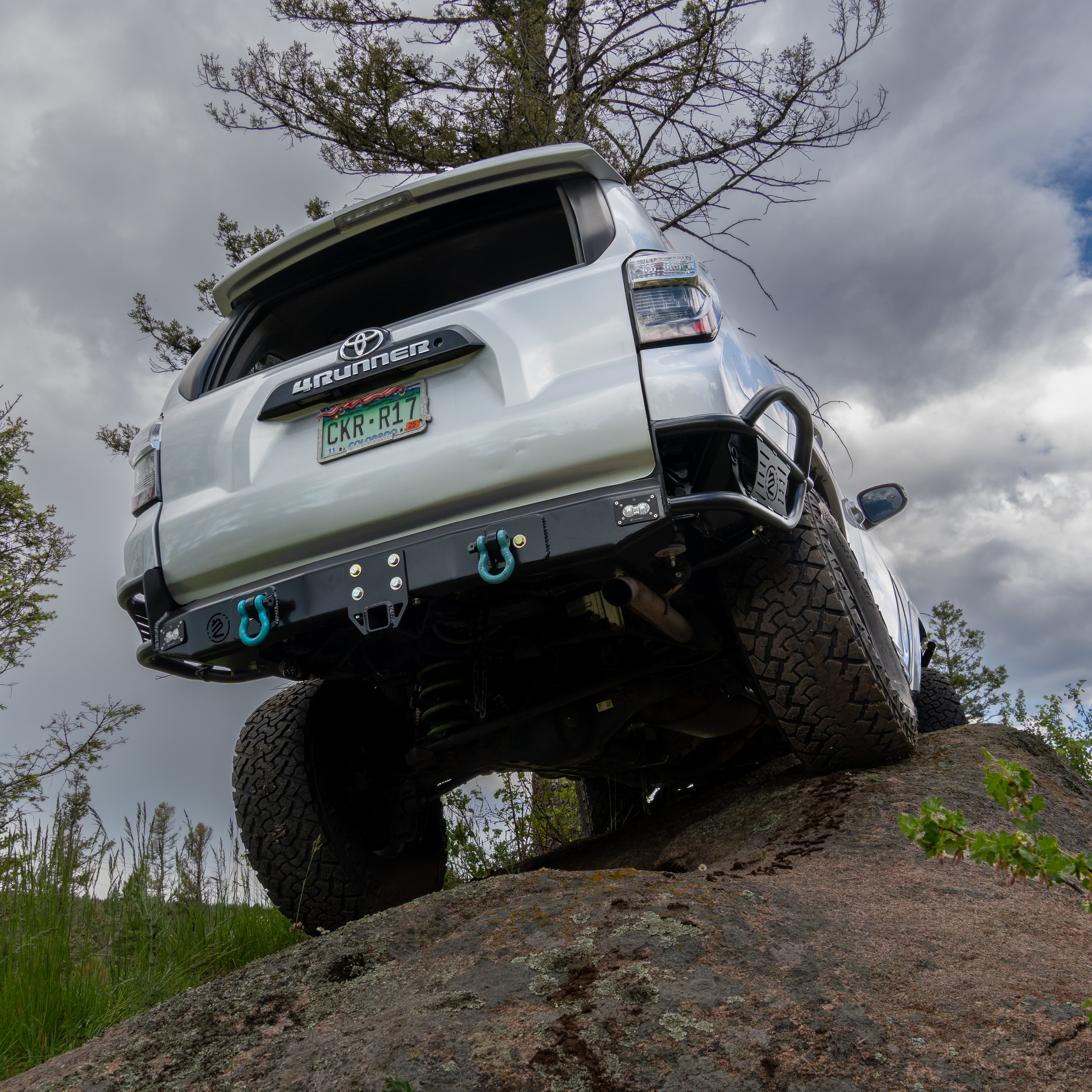
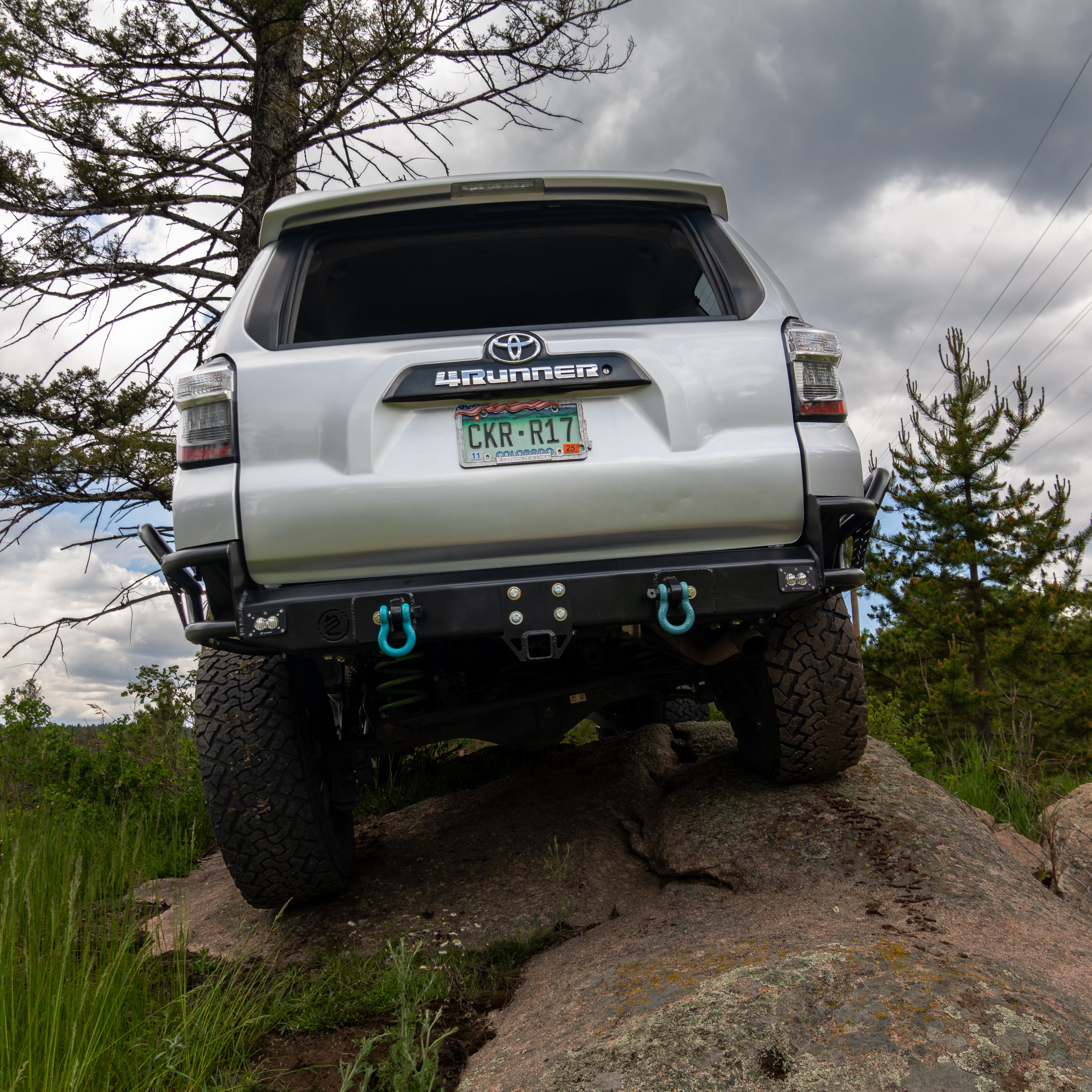
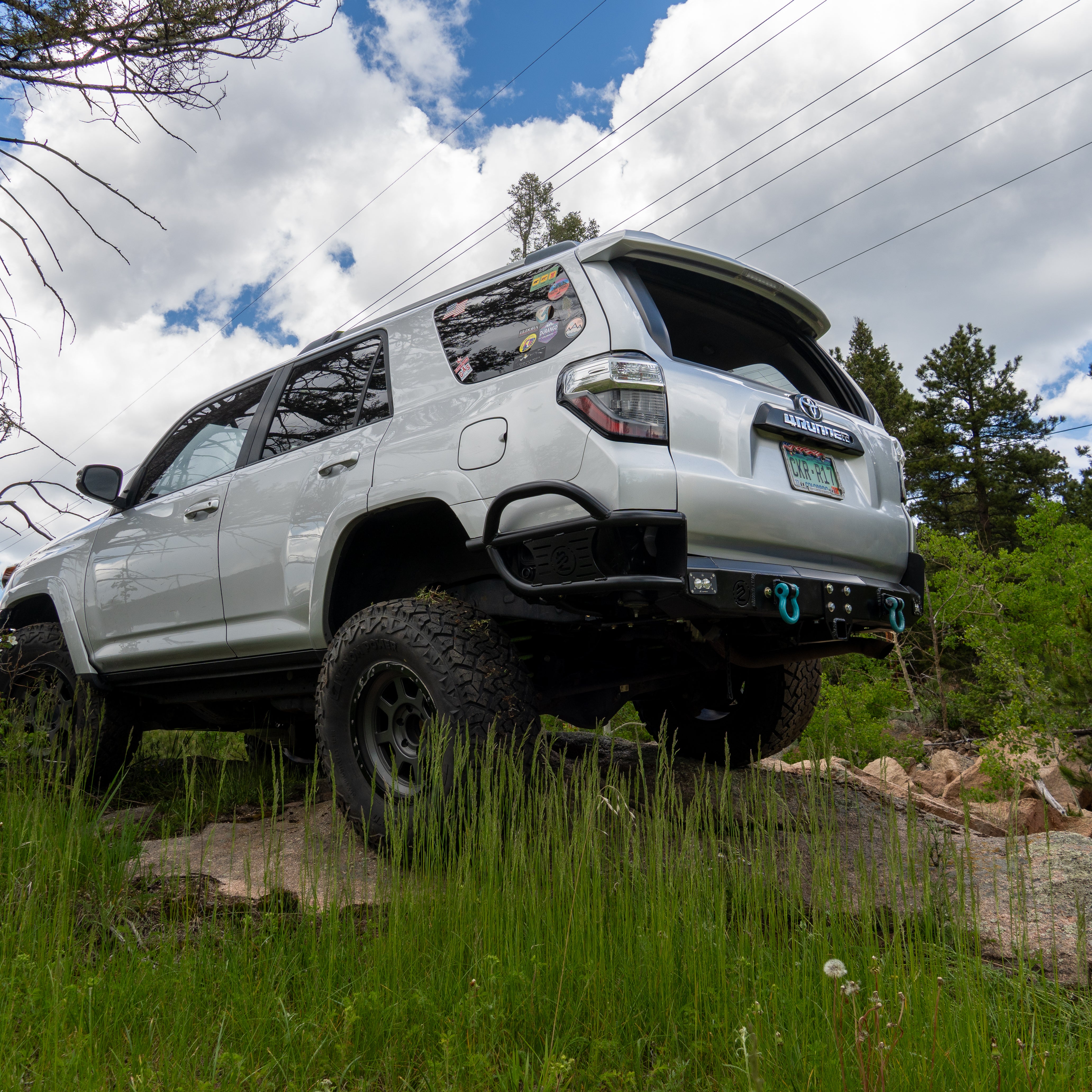
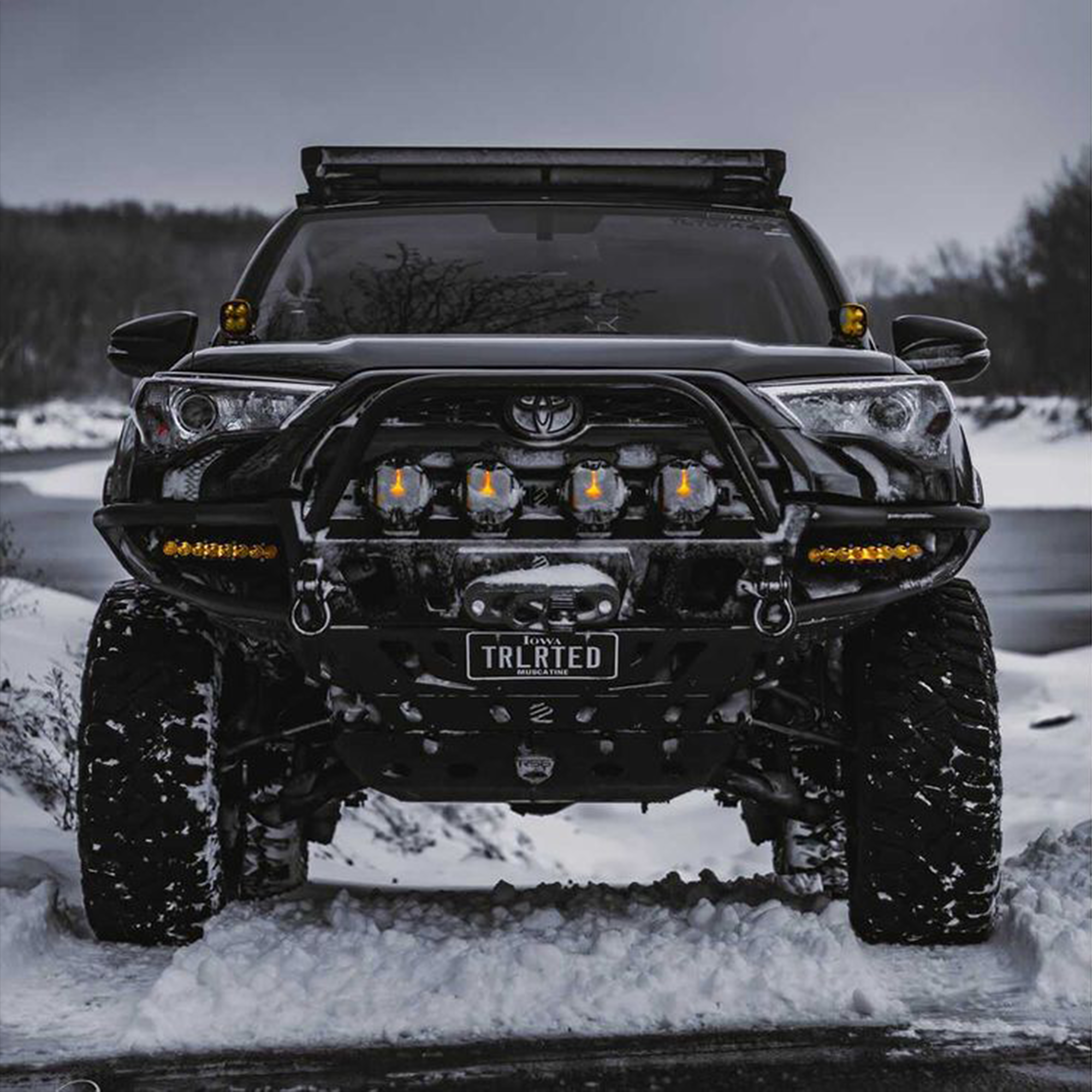
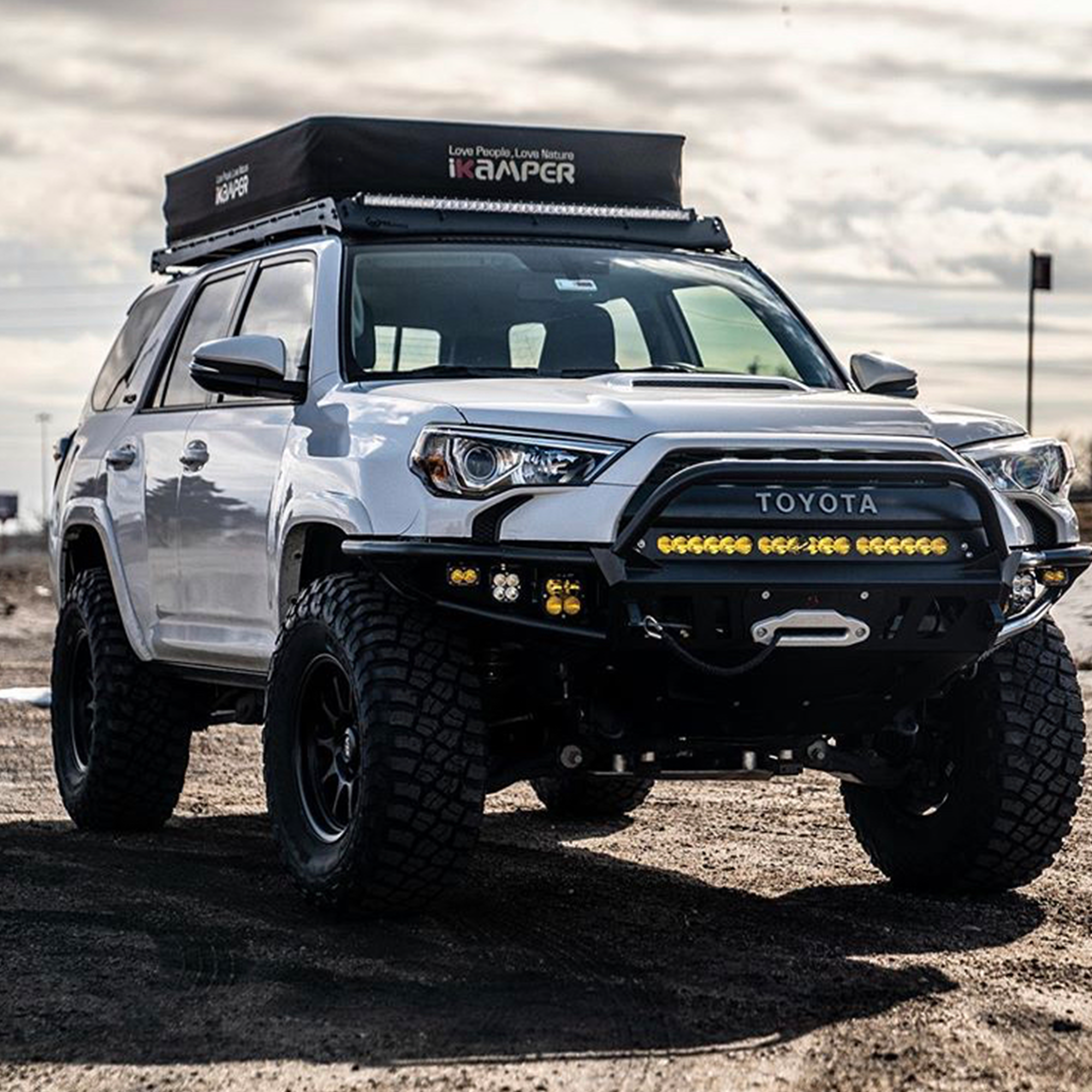
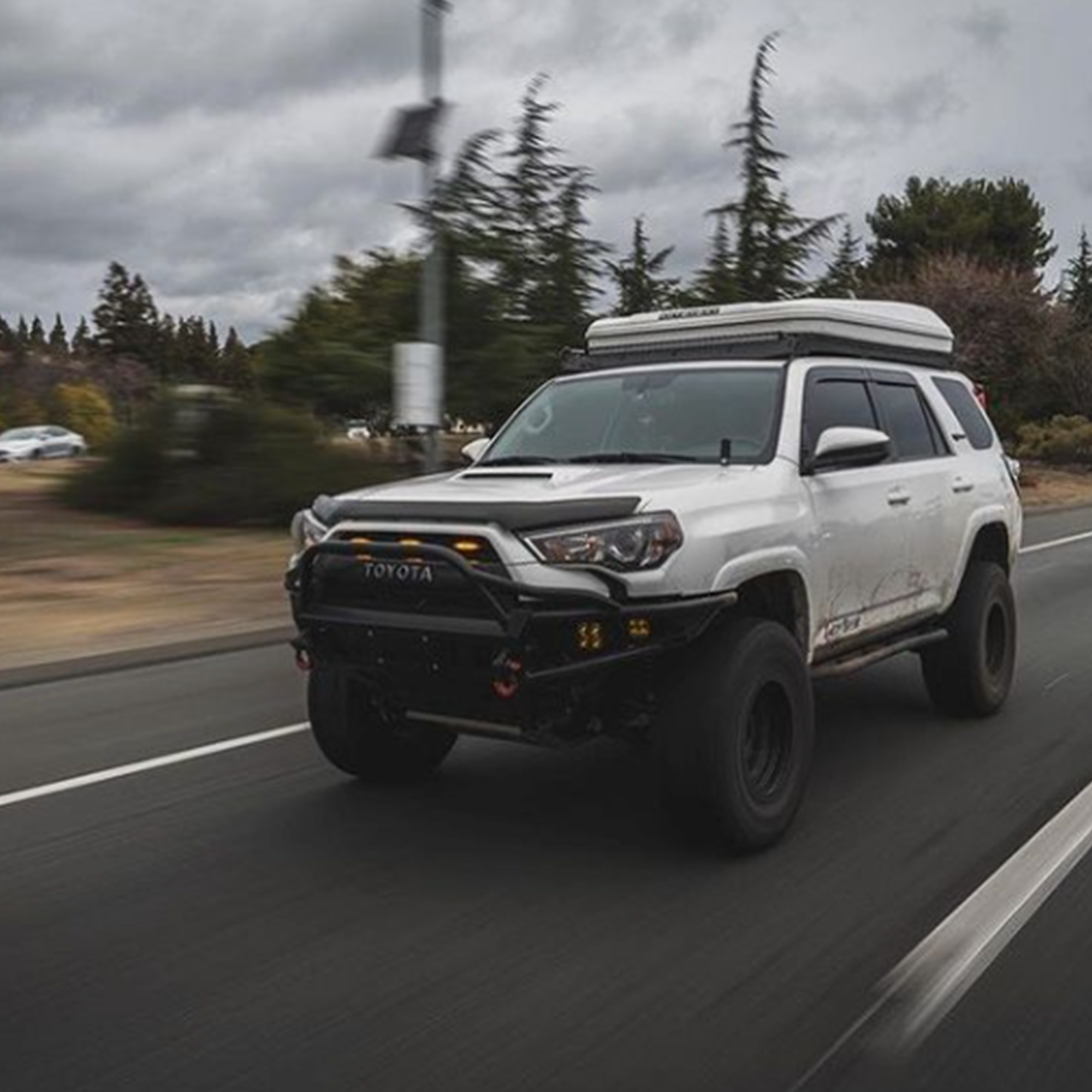
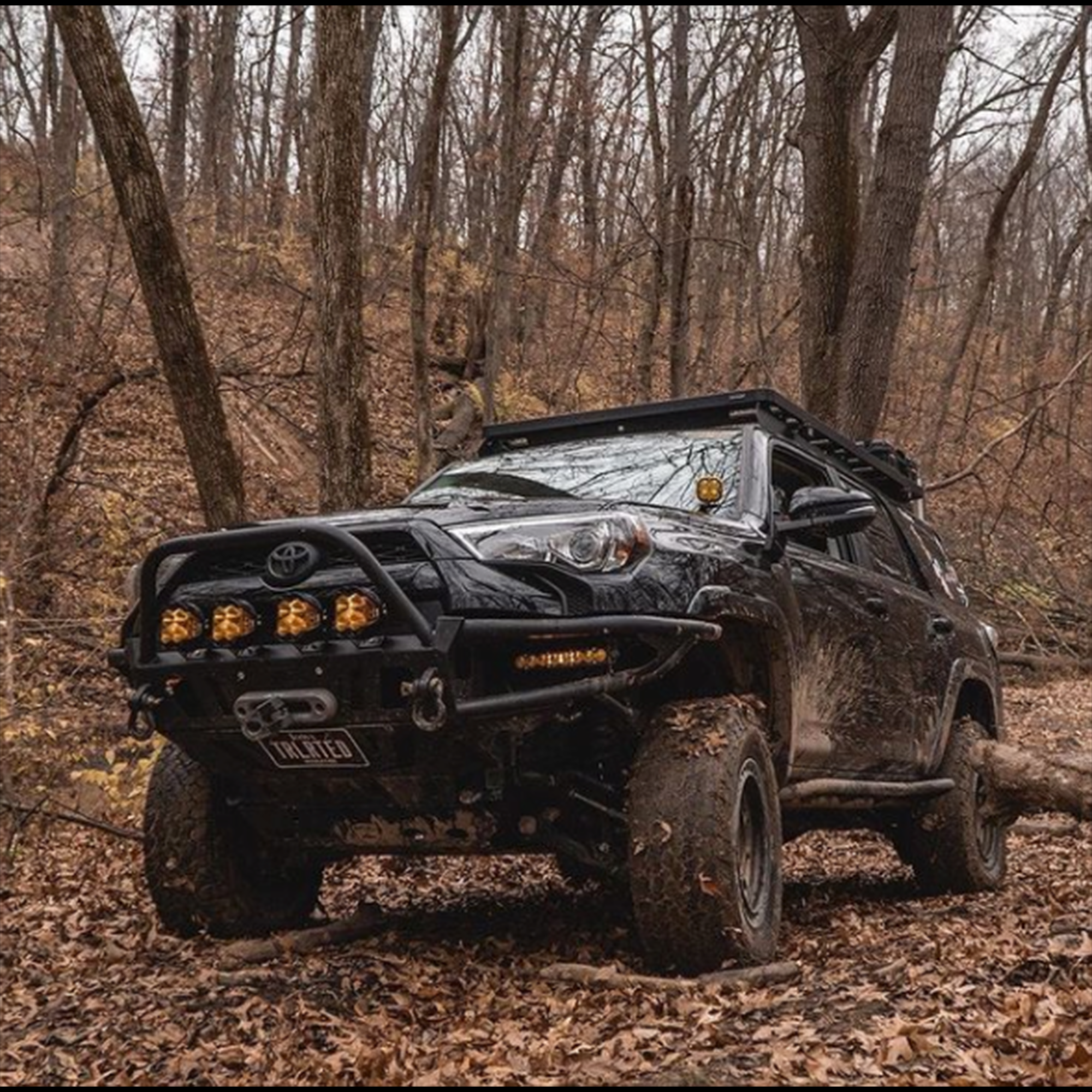
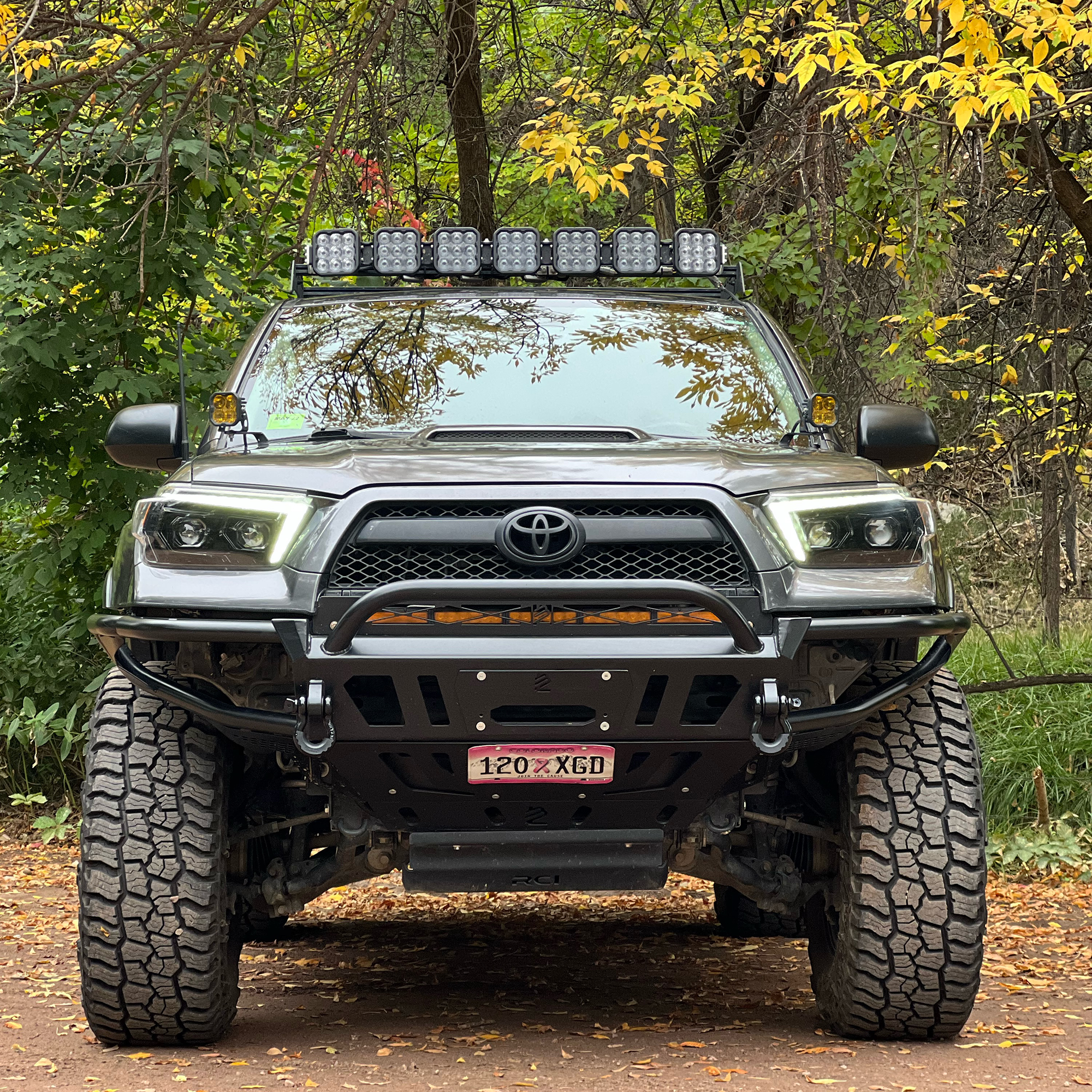

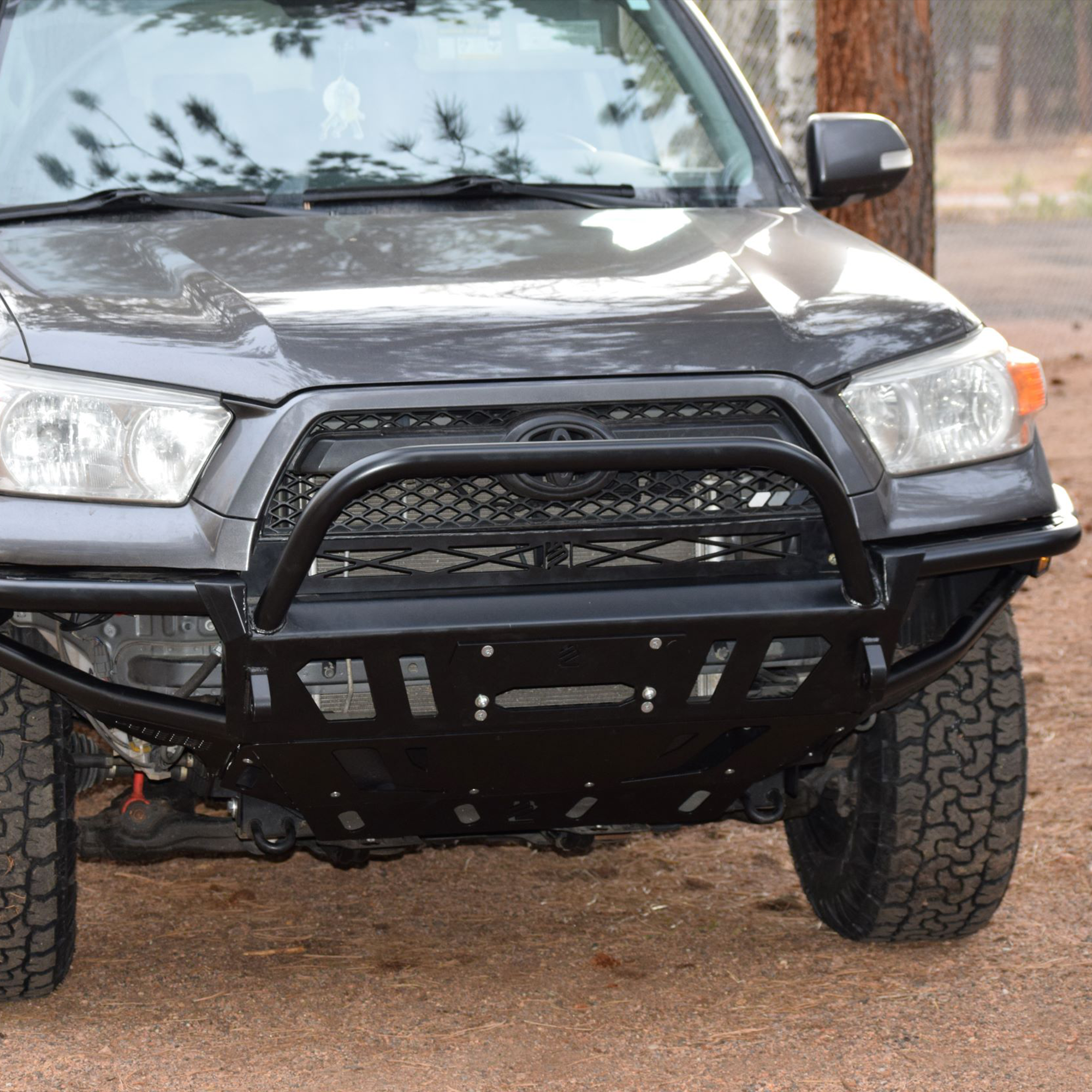
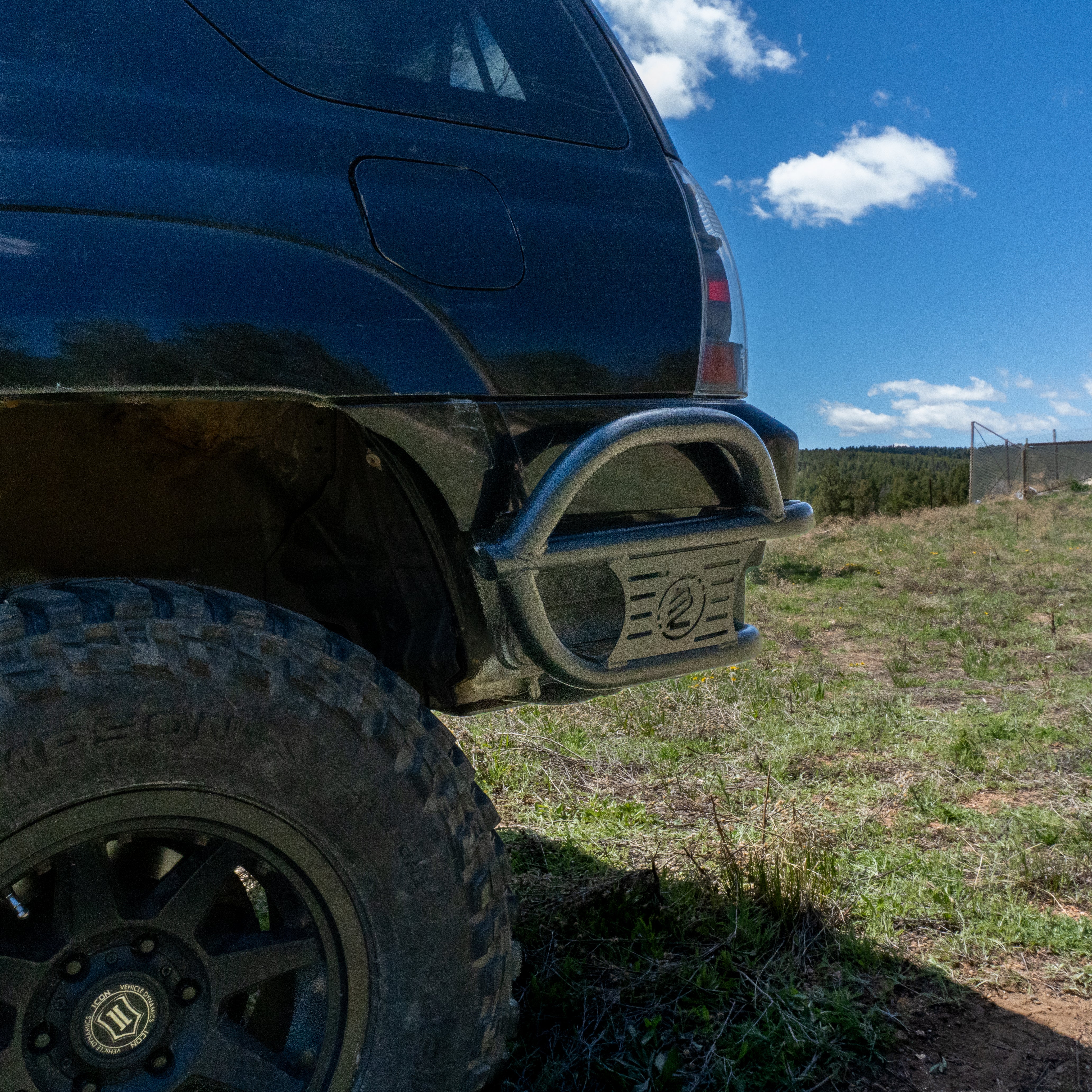
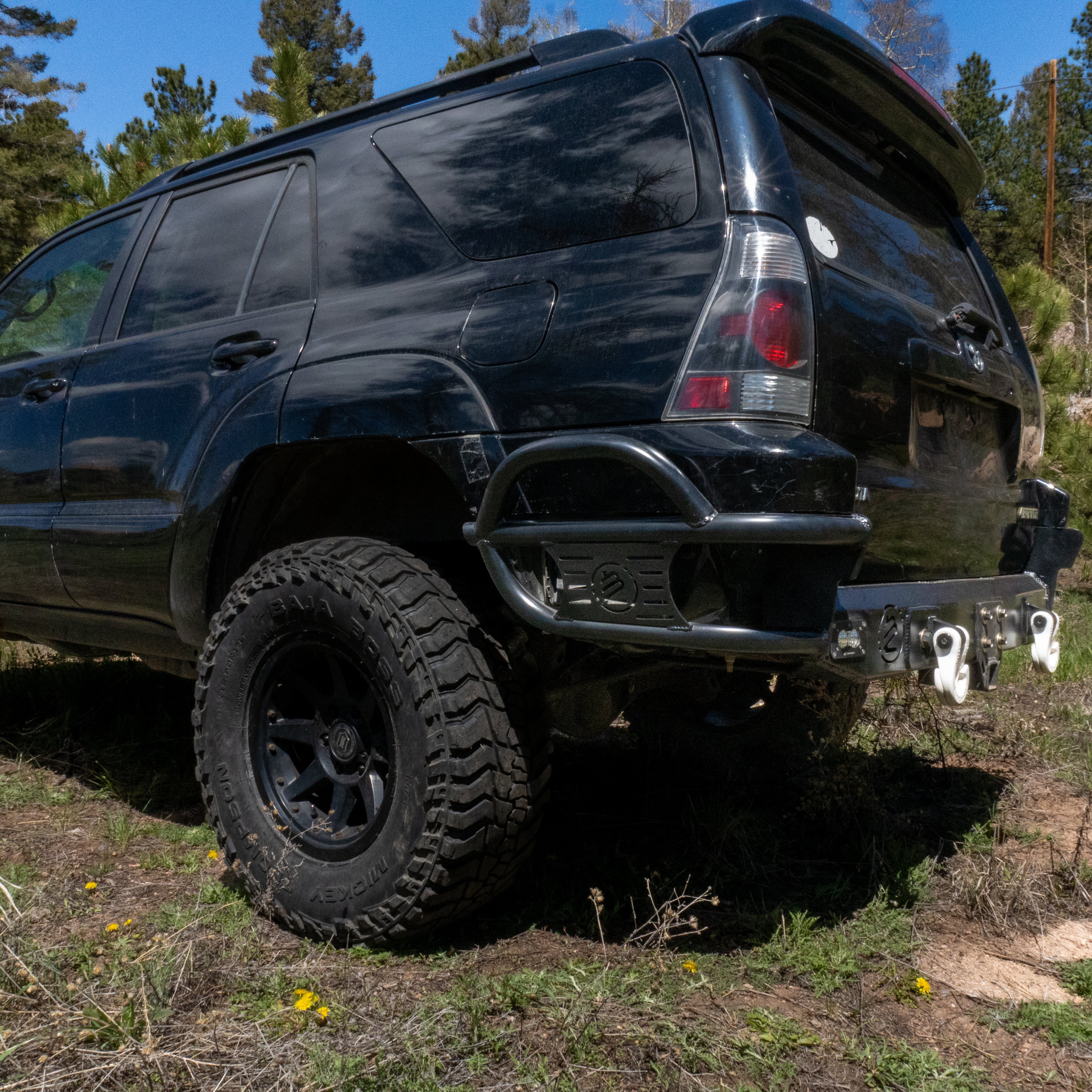
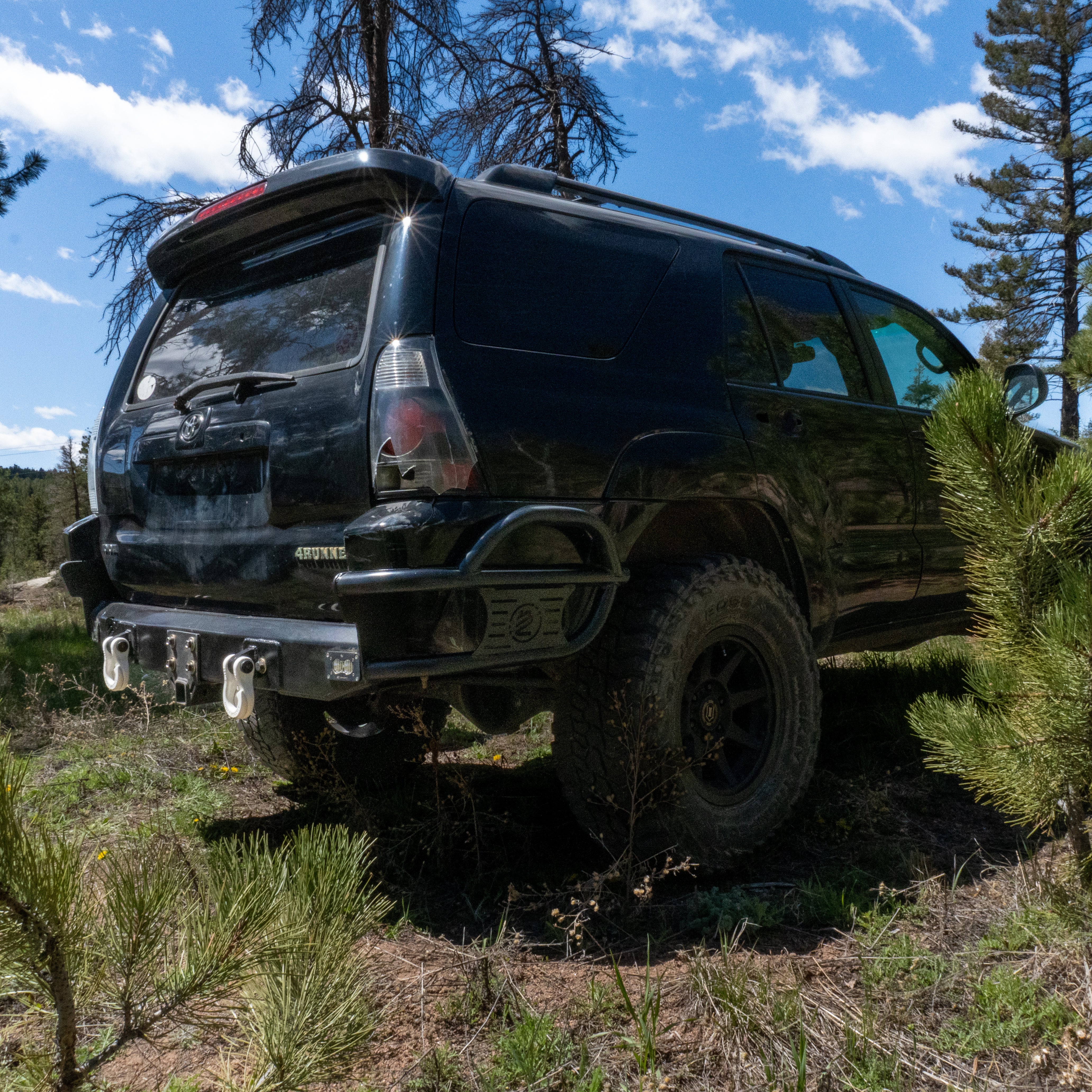
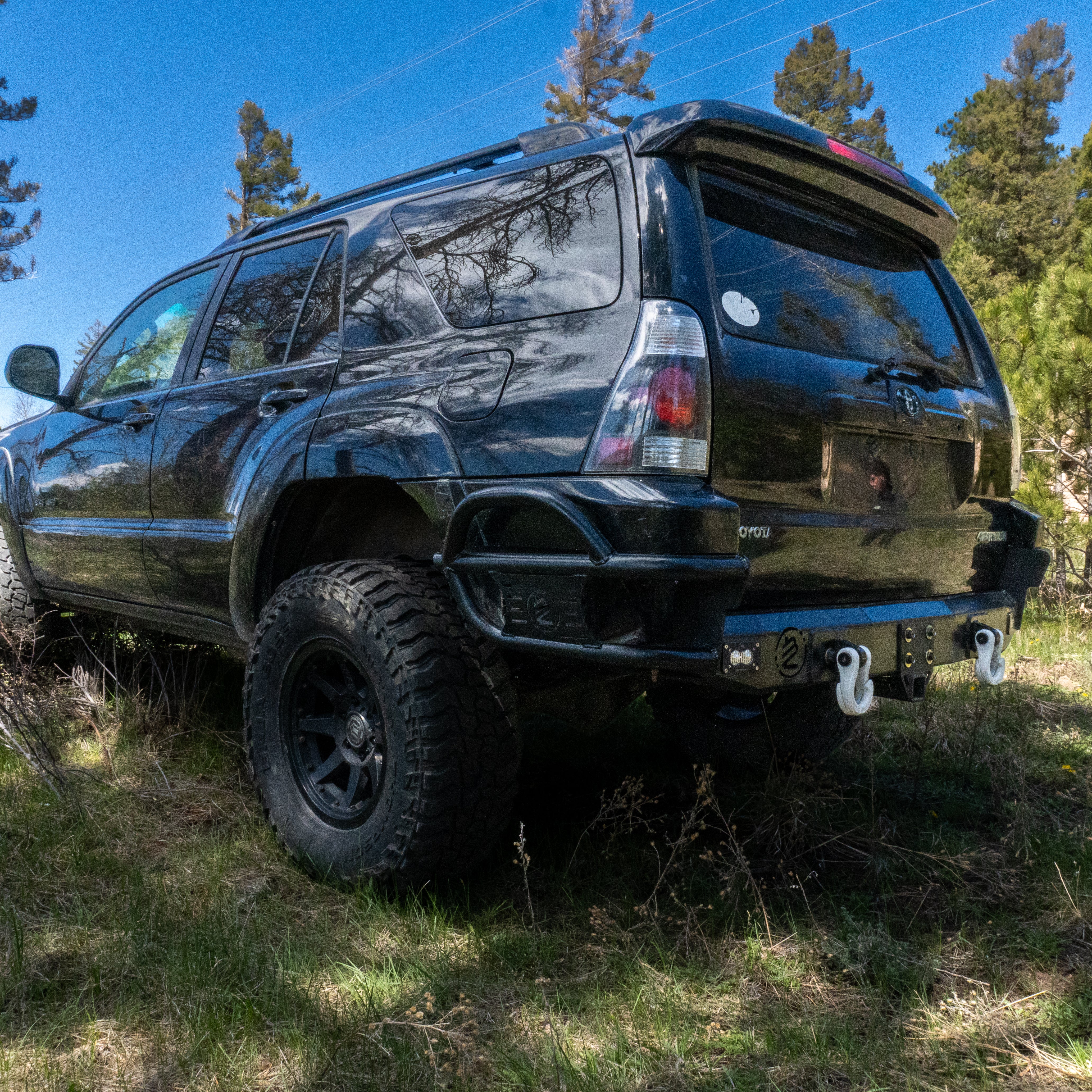
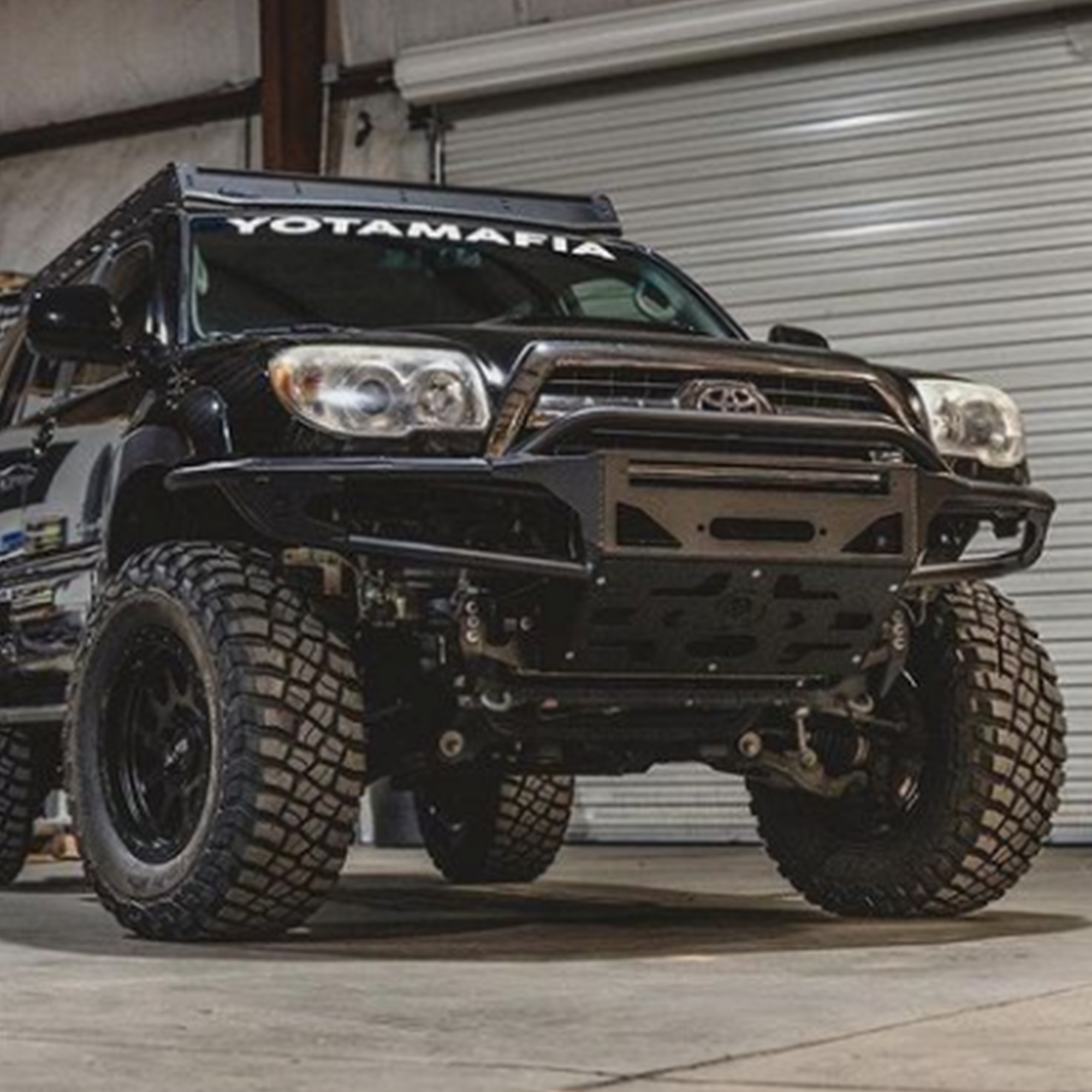

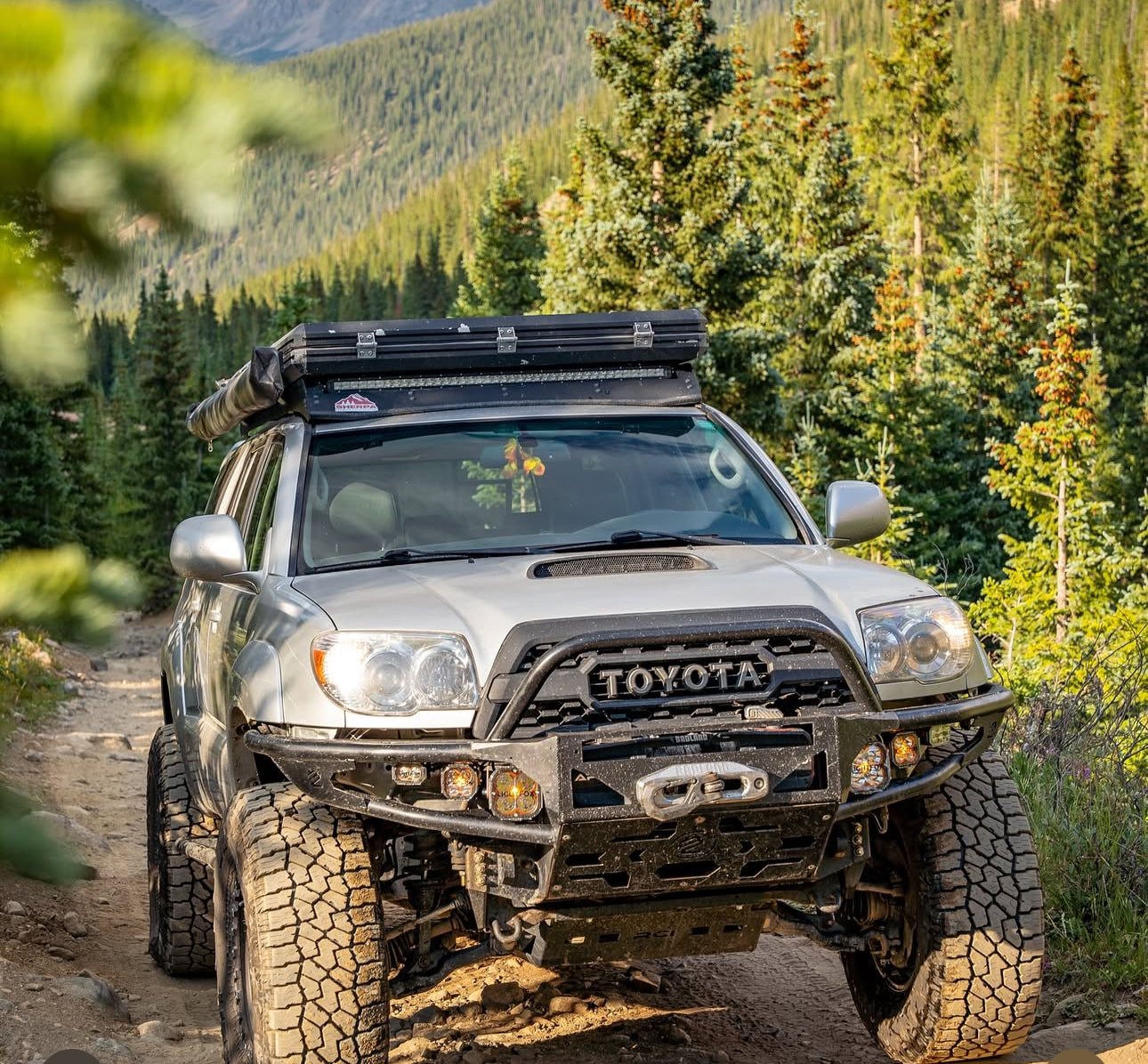
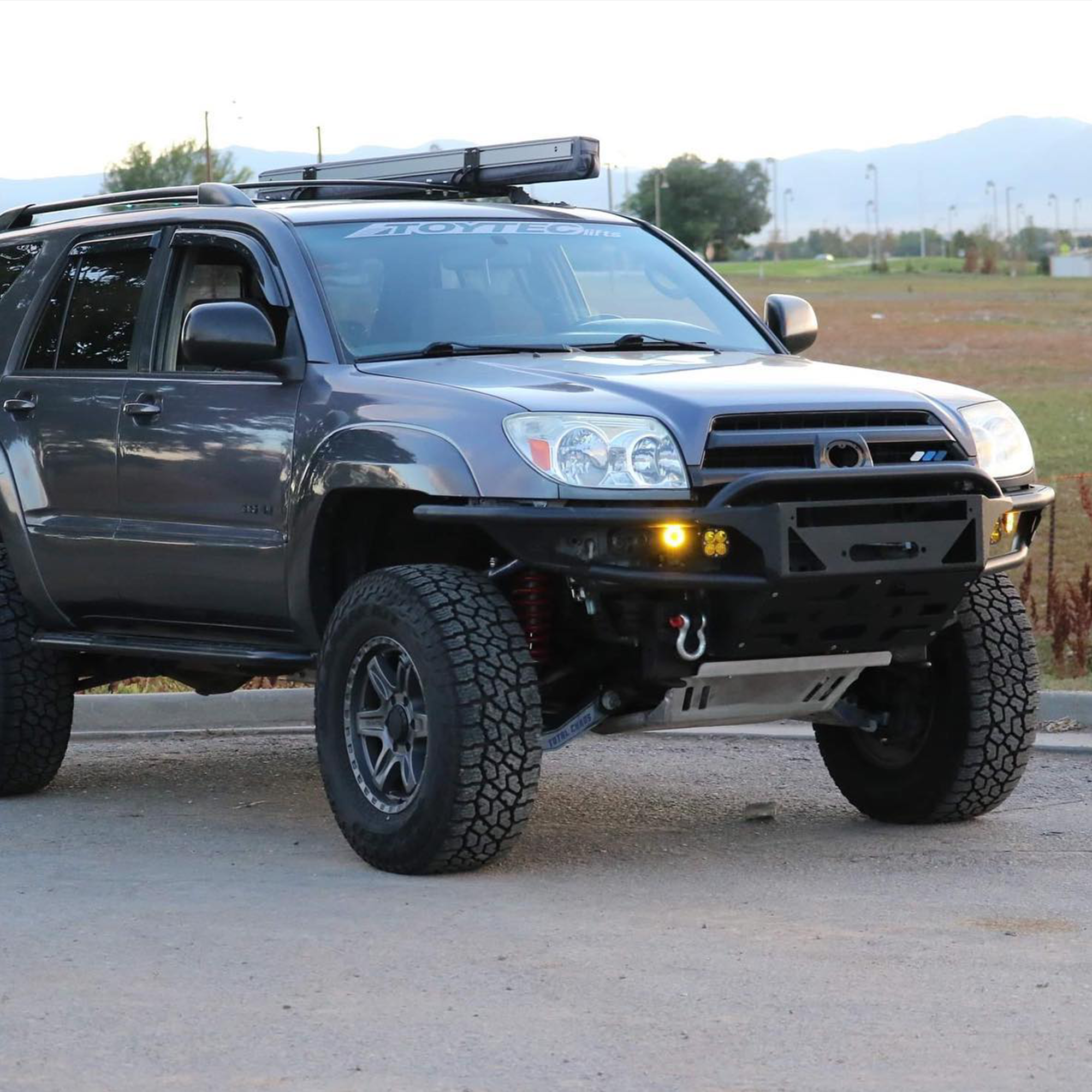
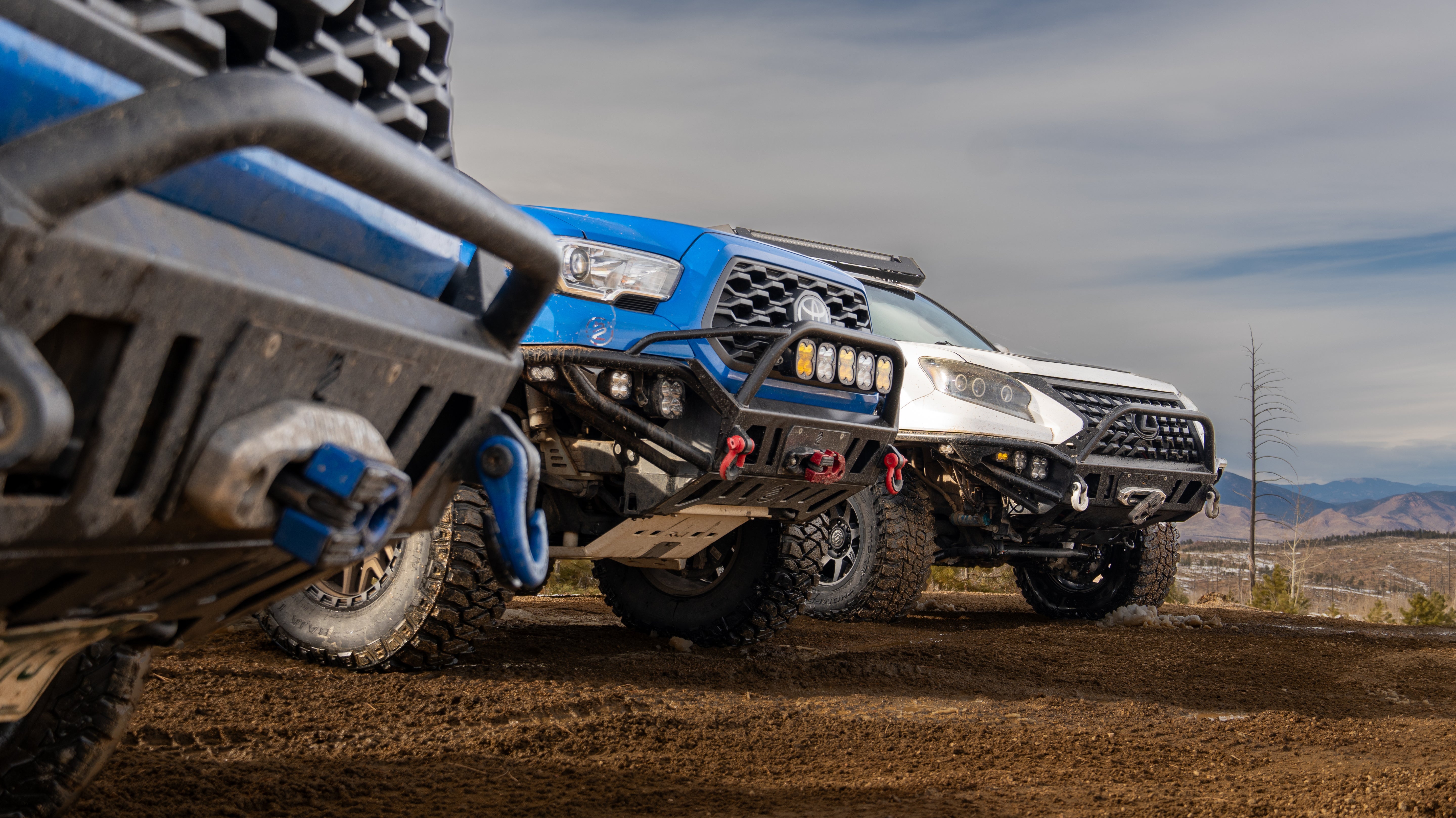
Share:
The Best GX470 Front Bumper Upgrades
Do You Really Need a Custom Bumper for Your Off-Road Rig?